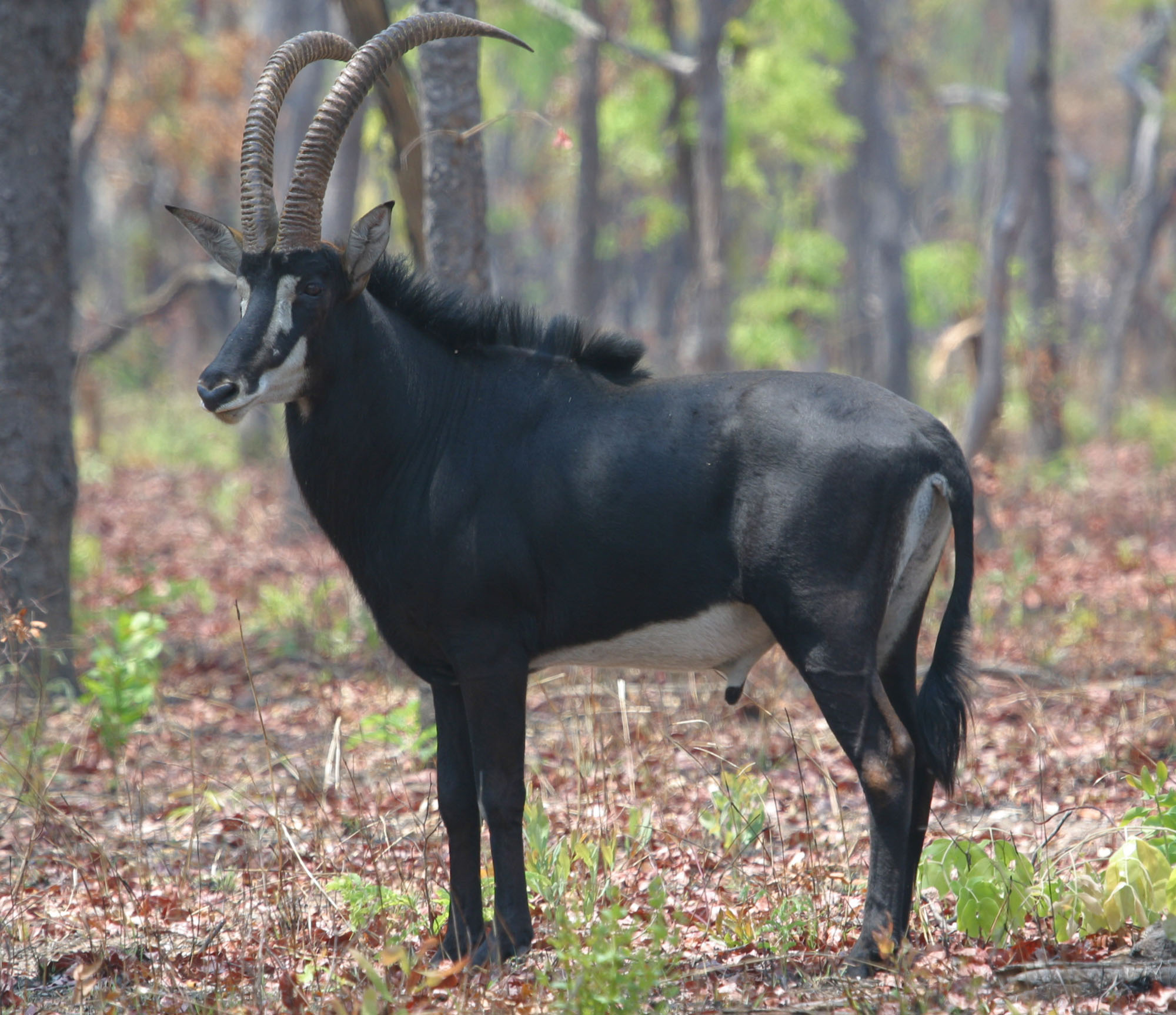|
Upanah
Upanah (Sanskrit) is an ancient form of footwear from India. The term is used to refer to several types of strapped sandals and shoes employed by common people, in contrast to monks and mendicants who would use ''paduka'' instead. The word comes from the Sansakrit root ''nah'', meaning "to tie", "to bind", to "fasten", as well as ''pad'', meaning "foot". Combined words like ''charan-upanah'' might have originated modern words like "chappal". History ''Upanah'' or ''upanat'' are mentioned in ancient Vedic texts like ''Yajurveda'' and ''Atharvaveda''. They were the most common type of footwear in ancient India, even although chronicles also describe Indians as favoring walking barefoot regardless of social class, at least as late as Xuanzang's times. They were used from members of the lower castes to religious practitioners and ''vratya'' ascetics. Texts by Patanjali make a separation between footwear made of leather (''upanah charma'' or ''cham'') and wood (''upanah dam''). Leather ... [...More Info...] [...Related Items...] OR: [Wikipedia] [Google] [Baidu] |
List Of Shoe Styles
This is a list of shoe styles and designs. A shoe is an item of footwear intended to protect and comfort the human foot while doing various activities. Shoes are also used as an item of decoration. The design of shoes has varied enormously through time and from culture to culture, with appearance originally being tied to function. Additionally, fashion has often dictated many design elements, such as whether shoes have very high heels or flat ones. Contemporary footwear varies widely in style, complexity and cost. Shoemaking is the process of making footwear. Originally, shoes were made one at a time by hand. Traditional handicraft shoemaking has now been largely superseded in Quantity, volume of shoes produced by industrial mass production of footwear, but not necessarily in Quality (business), quality, attention to detail, or Artisan, craftsmanship. Shoe styles Shoe designers have described a very large number of shoe styles, including the following: * Abaca slippers * * * ... [...More Info...] [...Related Items...] OR: [Wikipedia] [Google] [Baidu] |
Paduka
''Paduka'' () is an ancient form of footwear in India, consisting of a sole with a post and knob which is positioned between the big and second toe. It has been historically worn in South Asia and Southeast Asia. ''Paduka'' exist in a variety of forms and materials. They might be made in the shape of actual feet, or of fish, for example, and have been made of wood, ivory and silver. They may be elaborately decorated, such as when used as part of a bride's wikt:trousseau, trousseau, but could also be given as religious offerings or themselves be the object of veneration. Although simple wooden ''padukas'' could be worn by common people, ''padukas'' of fine teak, ebony and sandalwood, inlaid with ivory or wire, were a mark of the wearer's high status. In the modern world, ''padukas'' are worn as footwear by mendicants and saints of Hinduism, Buddhism, and Jainism. Its significance in Hinduism is linked to the epic ''Ramayana''. ''Paduka'' can also refer to the footprints of deitie ... [...More Info...] [...Related Items...] OR: [Wikipedia] [Google] [Baidu] |
Antelope
The term antelope refers to numerous extant or recently extinct species of the ruminant artiodactyl family Bovidae that are indigenous to most of Africa, India, the Middle East, Central Asia, and a small area of Eastern Europe. Antelopes do not form a monophyletic group, as some antelopes are more closely related to other bovid groups, such as bovines, goats, and sheep, than to other antelopes. A stricter grouping, known as the true antelopes, includes only the genera '' Gazella'', '' Nanger'', '' Eudorcas'', and '' Antilope''. One North American mammal, the pronghorn or "pronghorn antelope", is colloquially referred to as the "American antelope", despite the fact that it belongs to a completely different family ( Antilocapridae) than the true Old-World antelopes; pronghorn are the sole extant member of an extinct prehistoric lineage that once included many unique species. Although antelope are sometimes referred to, and easily misidentified as, "deer" ( cervids), true ... [...More Info...] [...Related Items...] OR: [Wikipedia] [Google] [Baidu] |
Sandal
Sandals are an open type of shoe, consisting of a sole held to the wearer's foot by straps going over the instep and around the ankle. Sandals can also have a heel. While the distinction between sandals and other types of footwear can sometimes be blurry (as in the case of '' huaraches''—the woven leather footwear seen in Mexico, and peep-toe pumps), the common understanding is that a sandal leaves all or most of the foot exposed. People may choose to wear sandals for several reasons, among them comfort in warm weather, economy (sandals tend to require less material than shoes and are usually easier to construct), and as a fashion choice. Usually, people wear sandals in warmer climates or during warmer parts of the year in order to keep their feet cool and dry. The risk of developing athlete's foot is lower than with enclosed shoes, and the wearing of sandals may be part of the treatment regimen for such an infection. Name The English word ' derives under influence from ... [...More Info...] [...Related Items...] OR: [Wikipedia] [Google] [Baidu] |
Chappal
Flip-flops are a type of light sandal-like shoe, typically worn as a form of casual footwear. They consist of a flat sole held loosely on the foot by a Y-shaped strap known as a toe thong that passes between the first and second toes and around both sides of the foot. This style of footwear has been worn by people of many cultures throughout the world, originating as early as the ancient Egyptians in 1500 BC. In the United States the modern flip-flop may have had its design taken from the traditional Japanese ''zōri'' after World War II, as soldiers brought them back from Japan. Flip-flops became a prominent unisex summer footwear starting in the 1960s. Etymology and other names The term ''flip-flop'' has been used in American and British English since the 1960s to describe inexpensive footwear consisting of a flat base, typically rubber, and a strap with three anchor points: between the big and second toes, then bifurcating to anchor on both sides of the foot. "Flip-flop" m ... [...More Info...] [...Related Items...] OR: [Wikipedia] [Google] [Baidu] |
Mahāvyutpatti
The ''Mahāvyutpatti'' (Devanagari: महाव्युत्पत्ति, compound of महत् (in compounds often महा) - great, big, and व्युत्पत्ति f. - science, formation of words, etymology; Wylie: Bye-brag-tu rtogs-par byed-pa chen-po), ''The Great Volume of Precise Understanding'' or ''Essential Etymology'', was compiled in Tibet during the late eighth to early ninth centuries CE, providing a dictionary composed of thousands of Sanskrit and Tibetan terms designed as means to provide standardised Buddhist texts in Tibetan, and is included as part of the Tibetan Tengyur (Toh. 4346). It is the earliest substantial bilingual dictionary known. The ''Mahāvyutpatti'' is traditionally attributed to the reign of Ralpacan (c. 838), "but as Professor Tucci has pointed out (''Tombs of the Tibetan Kings'', pp. 14–15), it undoubtedly goes back to his predecessor Sad-na-legs, and one might well assume, in its actual conception, even back to the ti ... [...More Info...] [...Related Items...] OR: [Wikipedia] [Google] [Baidu] |
Eleusine Indica
''Eleusine indica'', the Indian goosegrass, yard-grass, goosegrass, wiregrass, or crowfootgrass, is a species of grass in the family Poaceae. It is a small annual grass distributed throughout the warmer areas of the world to about 50 degrees latitude. It is an invasive species in some areas. ''Eleusine indica'' is closely related to ''Eleusine coracana'' (finger millet or African finger millet), and the diploid ''E. indica'' is likely an ancestor of the allotetraploid ''E. coracana''. Seeds of ''E. indica'' are edible and are sometimes used as a famine food, but yields are low. It is an important weed of cultivated crops, lawns, and golf courses. It thrives in disturbed areas with compacted soils in full sun. Both tillage and herbicides are used in its control. This low-growing grass is capable of setting seed even when closely mown. Some populations have evolved resistance to certain herbicides, including glyphosate Glyphosate (IUPAC name: ''N''-(phosphonomethyl)gly ... [...More Info...] [...Related Items...] OR: [Wikipedia] [Google] [Baidu] |
Boar
The wild boar (''Sus scrofa''), also known as the wild swine, common wild pig, Eurasian wild pig, or simply wild pig, is a Suidae, suid native to much of Eurasia and North Africa, and has been introduced to the Americas and Oceania. The species is now one of the widest-ranging mammals in the world, as well as the most widespread Suina, suiform. It has been assessed as least concern on the IUCN Red List due to its wide range, high numbers, and adaptability to a diversity of habitats. It has become an invasive species in part of its introduced range. Wild boars probably originated in Southeast Asia during the Early Pleistocene and outcompeted other suid species as they spread throughout the Old World. , up to 16 subspecies are recognized, which are divided into four regional groupings based on skull height and lacrimal bone length. The species lives in matriarchal societies consisting of interrelated females and their young (both male and female). Fully grown males are usually s ... [...More Info...] [...Related Items...] OR: [Wikipedia] [Google] [Baidu] |
Sanskrit
Sanskrit (; stem form ; nominal singular , ,) is a classical language belonging to the Indo-Aryan languages, Indo-Aryan branch of the Indo-European languages. It arose in northwest South Asia after its predecessor languages had Trans-cultural diffusion, diffused there from the northwest in the late Bronze Age#South Asia, Bronze Age. Sanskrit is the sacred language of Hinduism, the language of classical Hindu philosophy, and of historical texts of Buddhism and Jainism. It was a lingua franca, link language in ancient and medieval South Asia, and upon transmission of Hindu and Buddhist culture to Southeast Asia, East Asia and Central Asia in the early medieval era, it became a language of religion and high culture, and of the political elites in some of these regions. As a result, Sanskrit had a lasting effect on the languages of South Asia, Southeast Asia and East Asia, especially in their formal and learned vocabularies. Sanskrit generally connotes several Indo-Aryan languages# ... [...More Info...] [...Related Items...] OR: [Wikipedia] [Google] [Baidu] |
Patanjali
Patanjali (, , ; also called Gonardiya or Gonikaputra) was the name of one or more author(s), mystic(s) and philosopher(s) in ancient India. His name is recorded as an author and compiler of a number of Sanskrit works. The greatest of these are the '' Yoga Sutras'', a classical yoga text. Estimates based on analysis of this work suggests that its author(s) may have lived between the 2nd century BCE and the 5th century CE. An author of the same name is credited with the authorship of the classic text on Sanskrit grammar named '' Mahābhāṣya'', that is firmly datable to the 2nd century BCE, and authorship of medical texts possibly dating from 8th-10th centuries CE. The two works, ''Mahābhāṣya'' and ''Yoga Sutras'', are completely different in subject matter, and Indologist Louis Renou has shown that there are significant differences in language, grammar and vocabulary. Before the time of Bhoja (11th century), no known text conflates the identity of the two authors. The ... [...More Info...] [...Related Items...] OR: [Wikipedia] [Google] [Baidu] |






